Today, there is a lot of interesting news from Transnistria.
With gas reserves depleted, energy production cut in half, and Moscow planning a 10,000 strong troop deployment, the enclave is quickly becoming both a liability and a flashpoint. However, behind this local collapse lies a larger risk: if Russia loses its grip on Transnistria, it will also lose the strategic payoff of any future advance through Odesa.

For months, signs of strain were building. In January, Ukraine cut off Russian gas transit across its territory, no longer willing to tolerate the role of middleman in a trade that indirectly financed the Kremlin’s war effort.

That decision plunged Transnistria into an energy crunch. Moscow responded with short-term shipments rerouted via Hungary, but volumes remained small, inconsistent, and subject to immediate political pressure from both Moldova and Russia.
However, this was by design; Russia reportedly blocked Transnistria from receiving energy imports from the West, preferring to let the region suffer rather than risk losing influence.

If Western countries stepped in and improved conditions, the local population might begin to question their dependence on Moscow. If they did not, Russia ensured that Transnistrians remained dependent through gas.

Meanwhile, Moldova has refused to act as a fallback supplier. The government in Chisinau halted liquefied gas shipments and phased out centralized deliveries to Transnistria, arguing that it cannot be expected to support a breakaway territory still in a formal frozen conflict with the state of Moldova.

In parallel, Russia reportedly pressured the Transnistrian leadership to reject any Western assistance, further isolating the region. With no official transit routes, no contracts, and no backup reserves, the region’s economy has tanked.


Industrial output is down 43%, trade has fallen by 31.5%, energy production has halved, and metallurgy and chemical industry output have dropped by over 60%. This is having terrible effects on the Transnistrian economy, with GDP expected to decline by 12% and inflation to rise by 16%, casting doubts among Transnistrians if continued cooperation with Russia is in their best interests.


However, to maintain control, Moscow is now preparing to deploy up to 10,000 troops to Transnistria, a dramatic increase from the current 1,500 strong contingent, according to Western and Moldovan intelligence reports. This is not defensive positioning, but rather a preemptive move to secure Russia’s last position west of Ukraine before it becomes irretrievable. The buildup would deepen the risks of confrontation with Moldova and its European backers, but for Moscow, losing Transnistria would mean forfeiting a key staging area for future operations.
This planned deployment runs parallel to Russia’s growing interference in Moldova’s internal politics, where it is backing a pro-Kremlin candidate, against a rival who supports initiating formal European Union accession talks, raising the stakes for both Russia and the West. The military buildup, the election meddling, and the economic pressure are all part of maintaining the same strategic goal: Russia still wants to create a land bridge from the mainland to Transnistria. If Moscow allows Transnistria to fall, it forfeits both its last foothold west of Ukraine and its only chance to link that outpost to future territorial gains. A successful land bridge from Kherson to Odesa only makes sense if it links up with a viable Transnistrian base.

Without that, Russia would face two bad options: abandon its ambitions or prepare for a full-scale invasion of Moldova. The former would be humiliating, the latter, highly risky. Unlike Donetsk or Crimea, Moldova offers no Russian population large enough to legitimize annexation through referendum, and no fallback if things go wrong. With Transnistria collapsing and Moldova shutting the door, Russia risks losing the very reason to attempt a southern advance at all.

Overall, the crisis in Transnistria is more than just a local energy crisis; it marks the potential collapse of Russia’s westernmost outpost and exposes a critical vulnerability in Moscow’s regional strategy. The deployment of 10,000 troops signals desperation, not a show of strength, but a last-ditch attempt to hold ground in a region where Russia once had all the leverage. If the West stays focused and Moldova continues to deny legitimacy to the breakaway enclave, Transnistria’s collapse could mark the beginning of the end for Russia’s land bridge ambitions. And with it, a major blow to the idea that military might alone can reshape Europe.










.jpg)
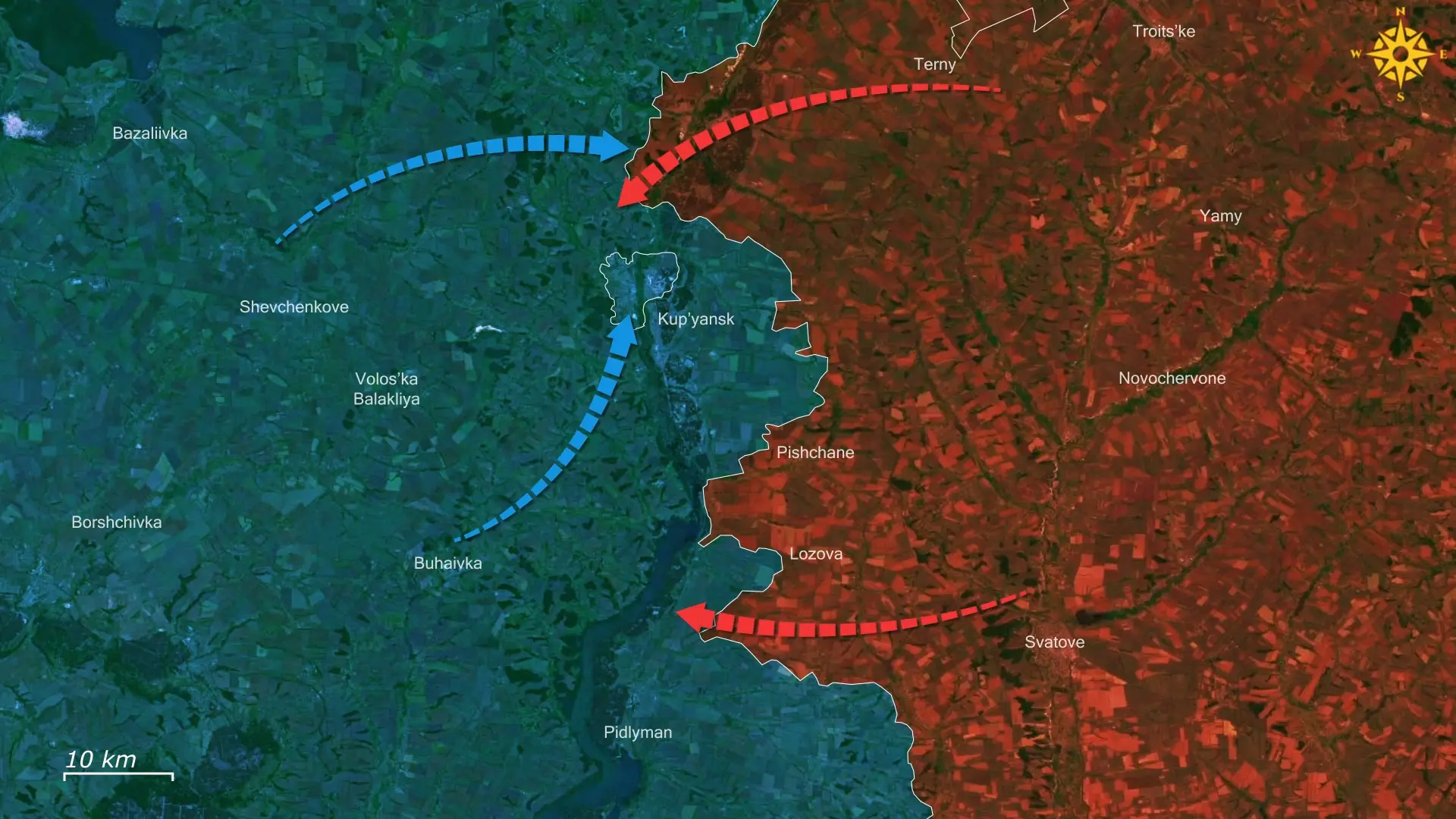
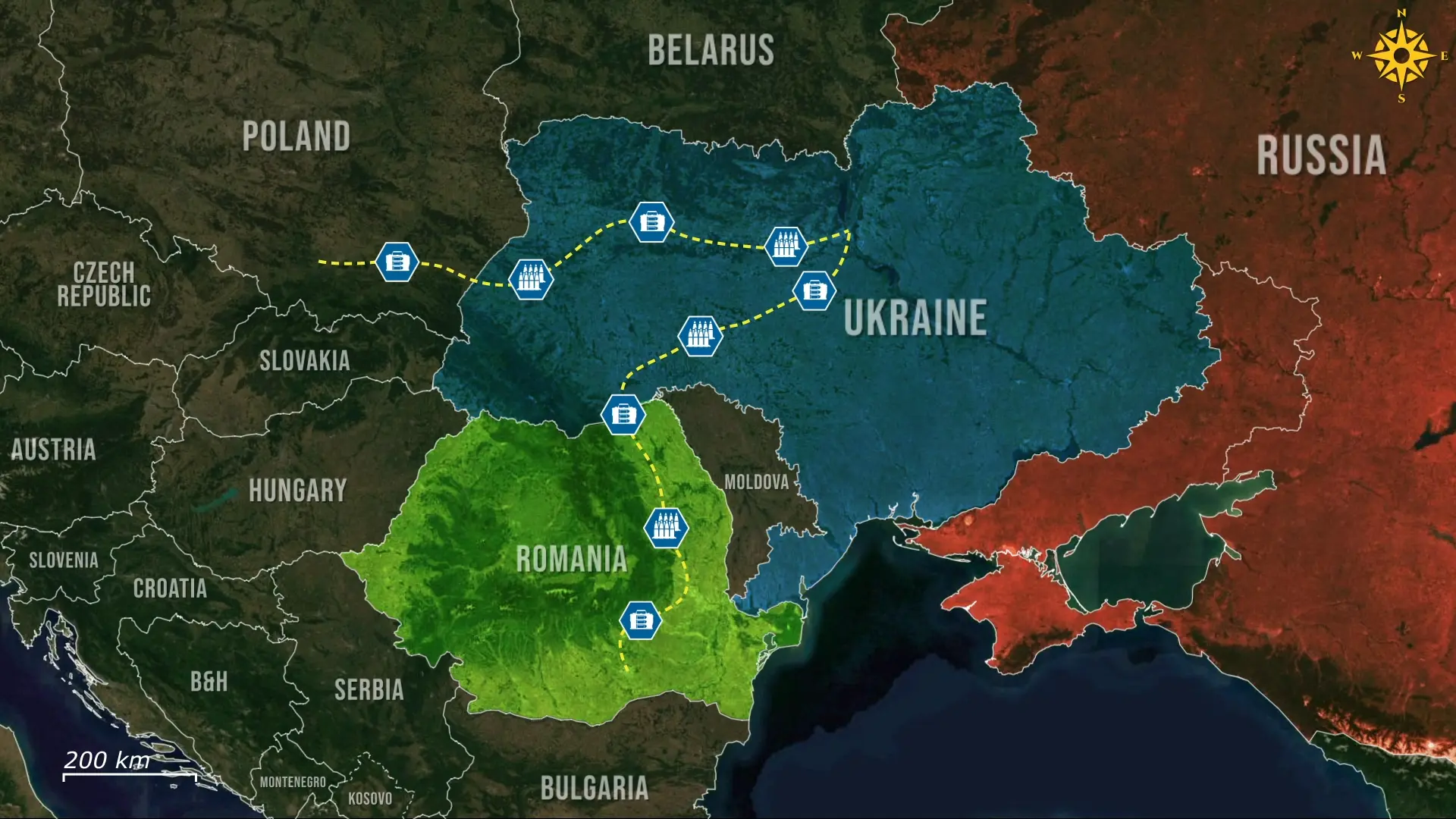
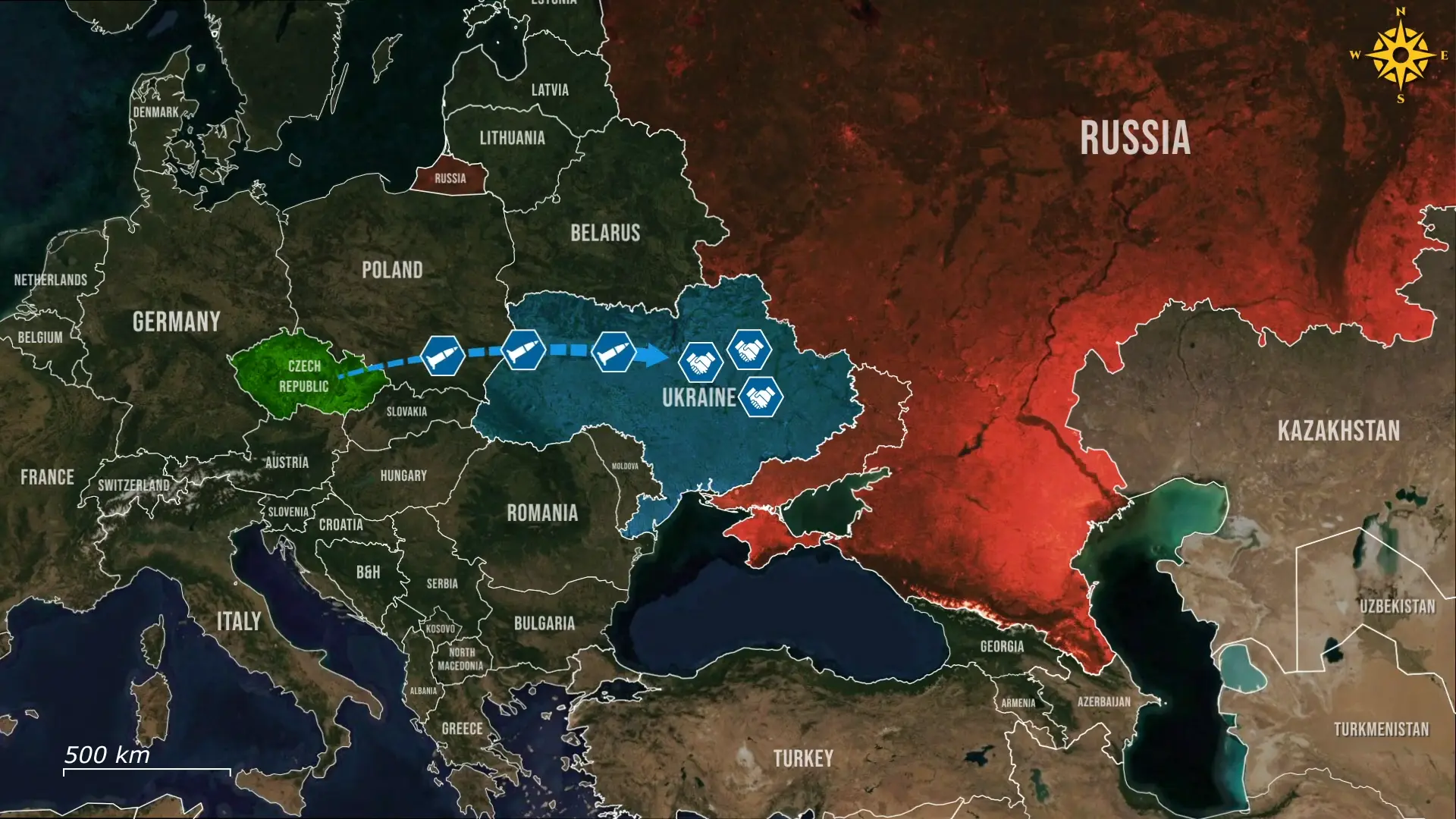
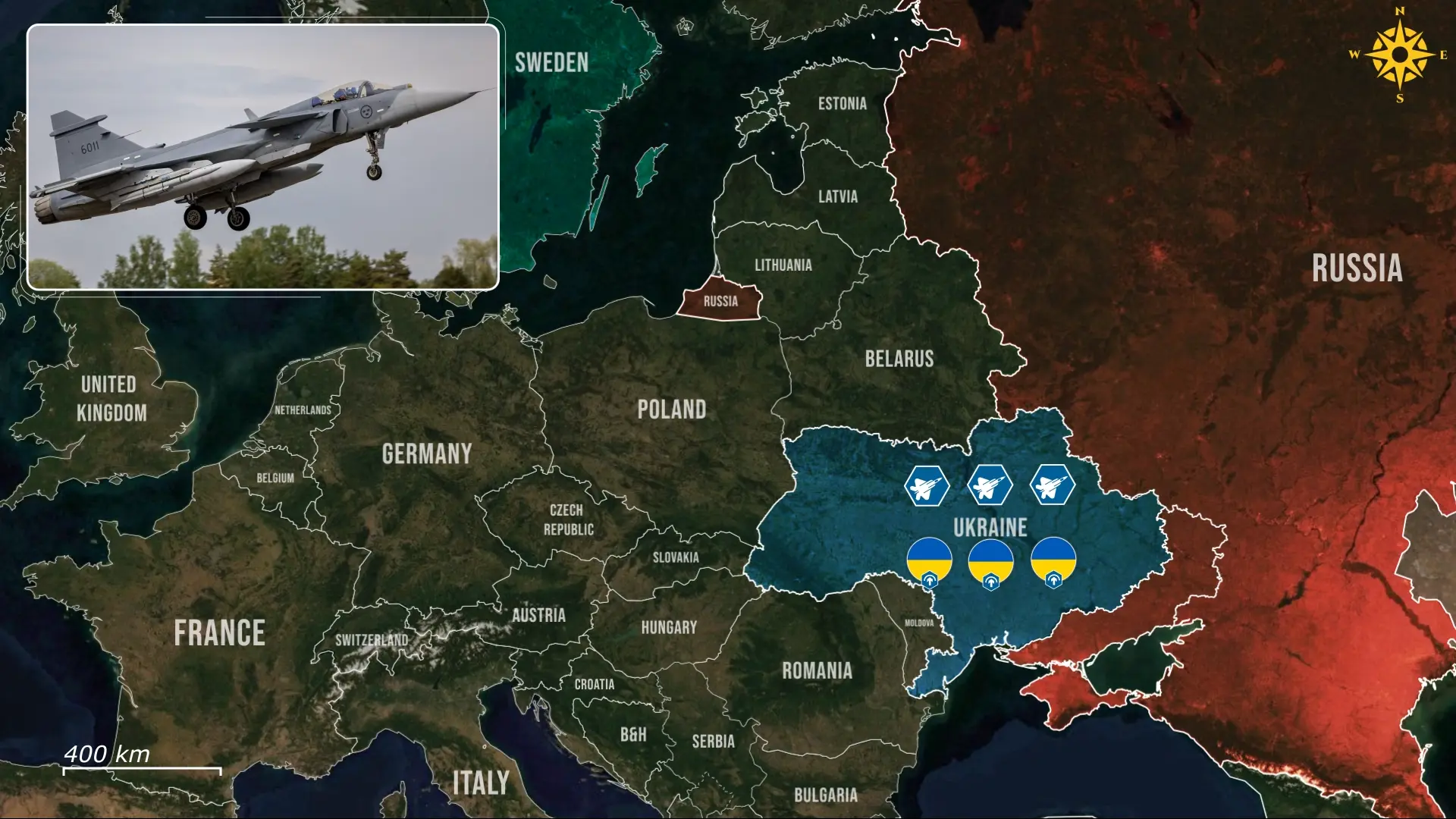
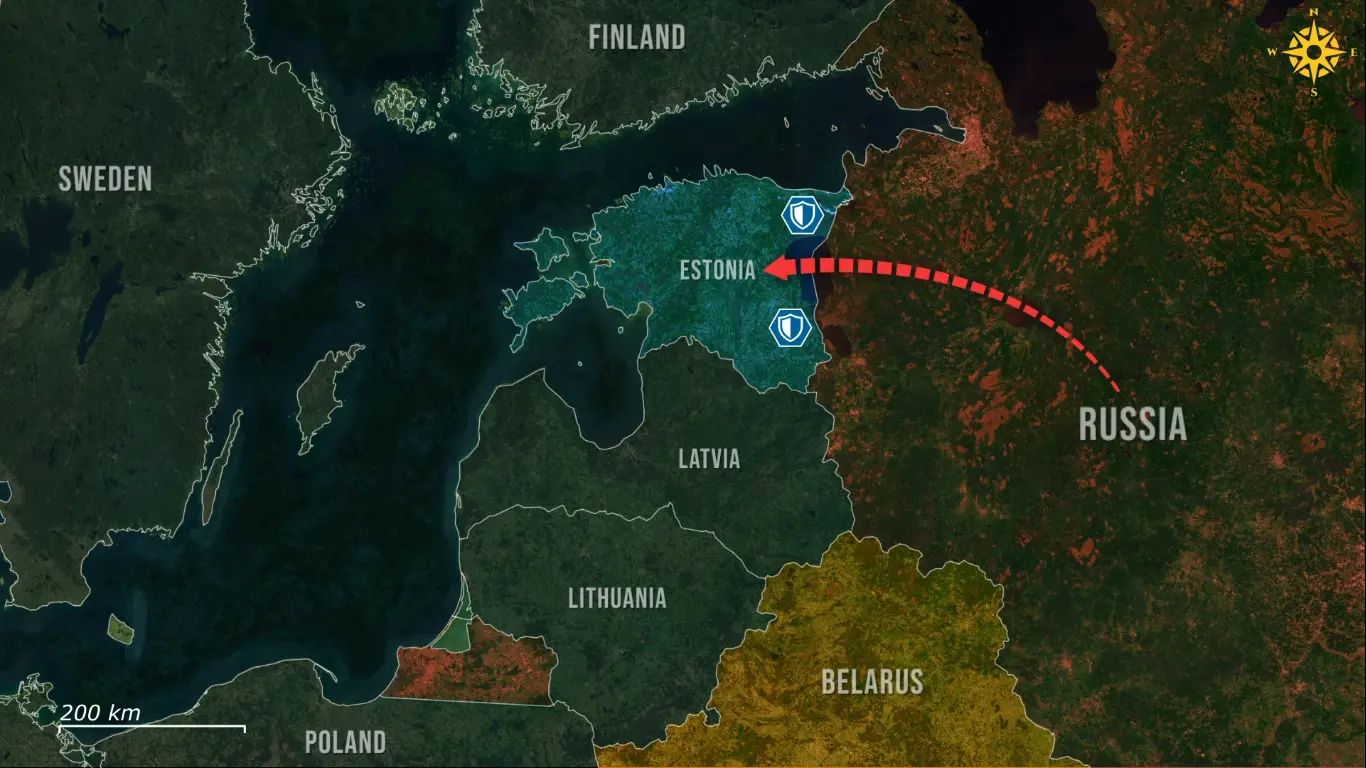
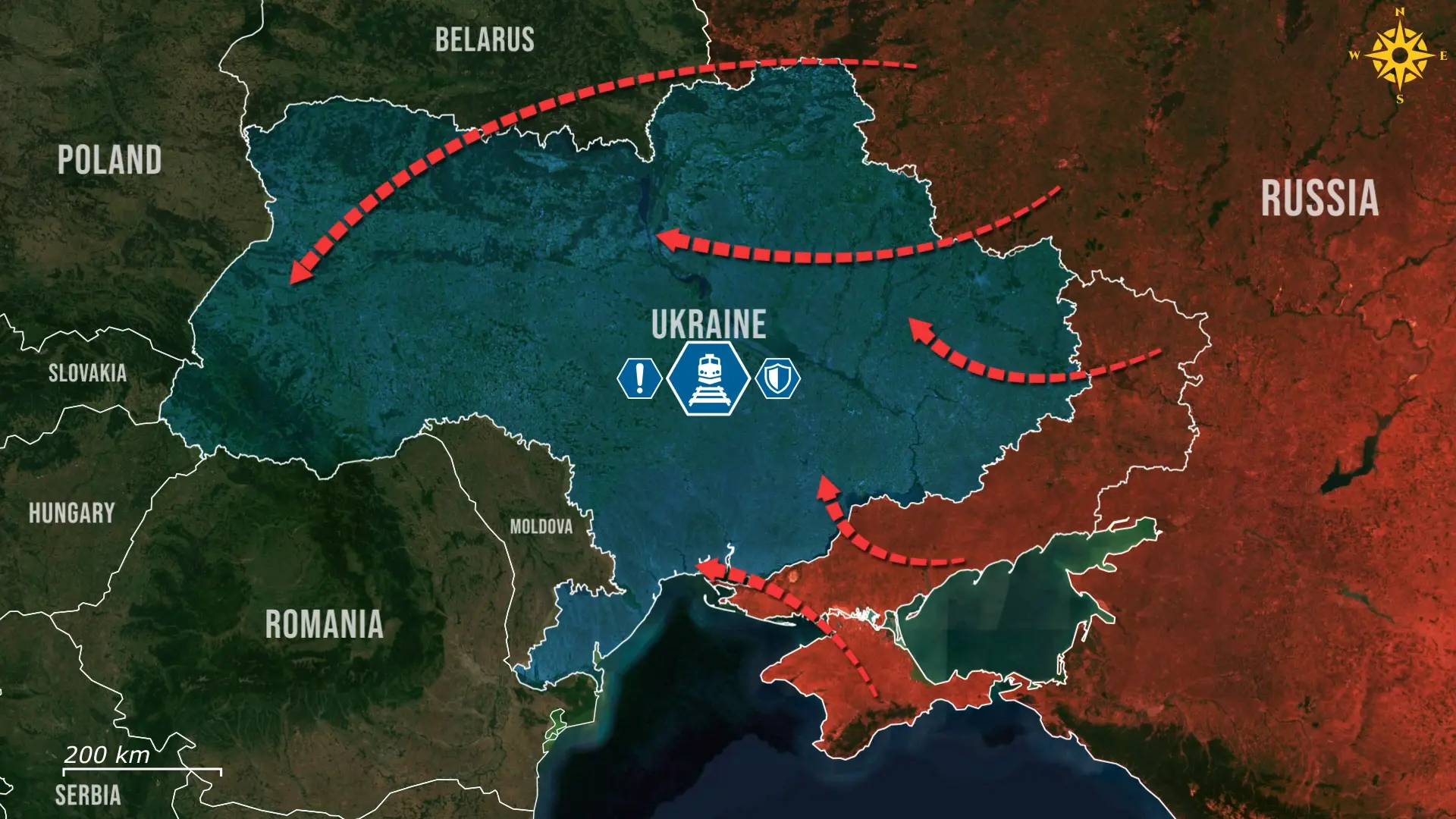
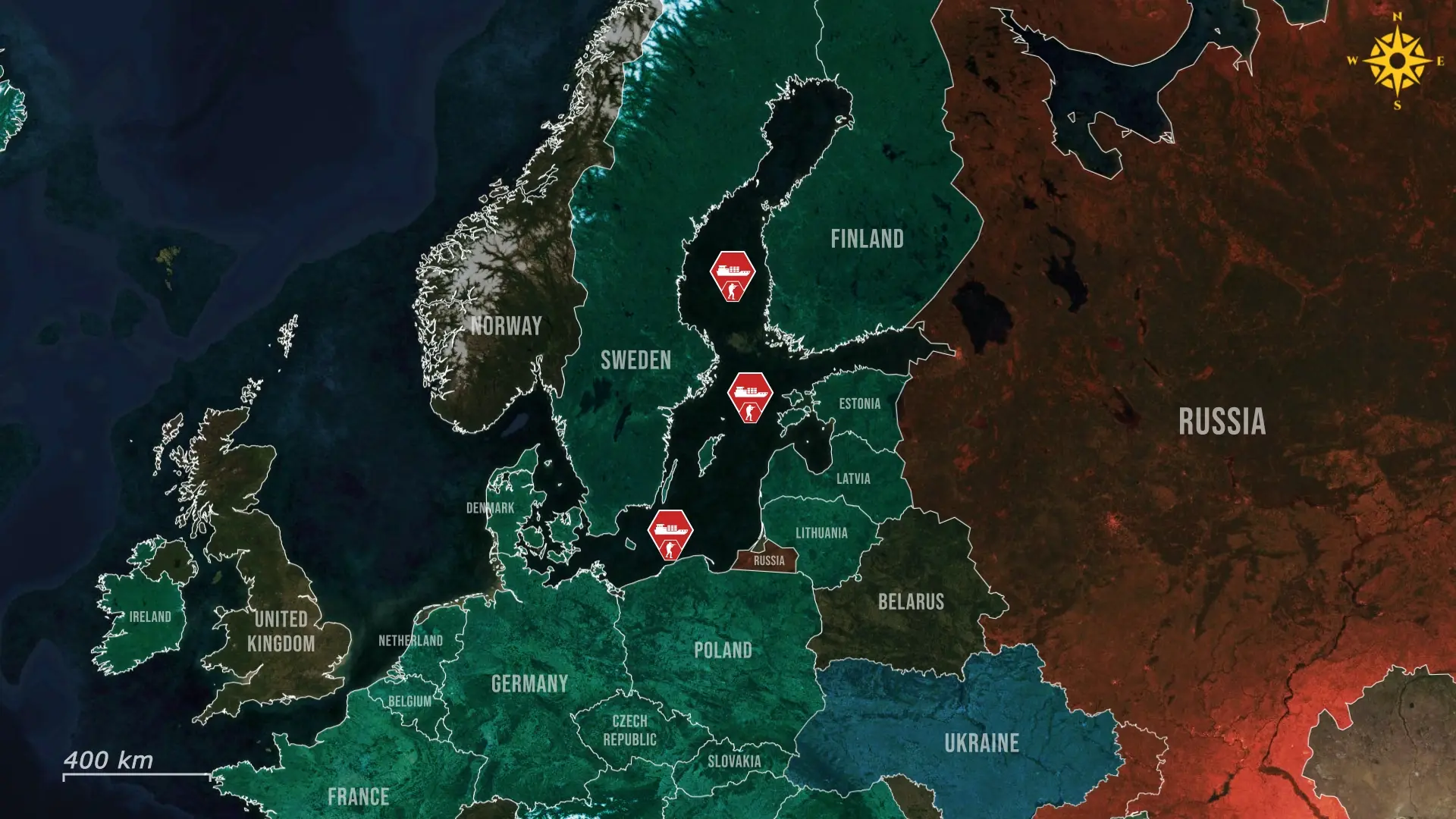
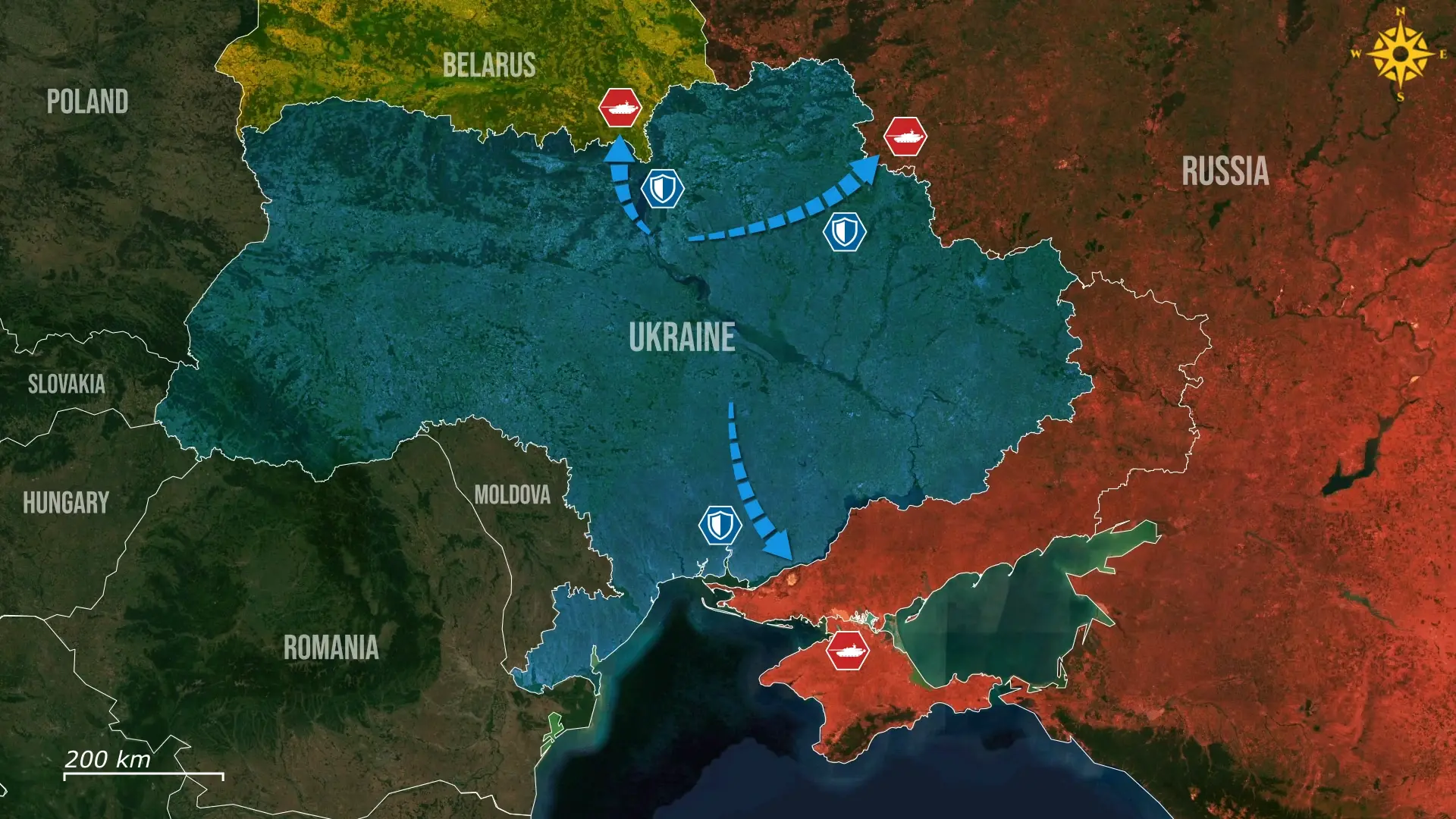
Comments